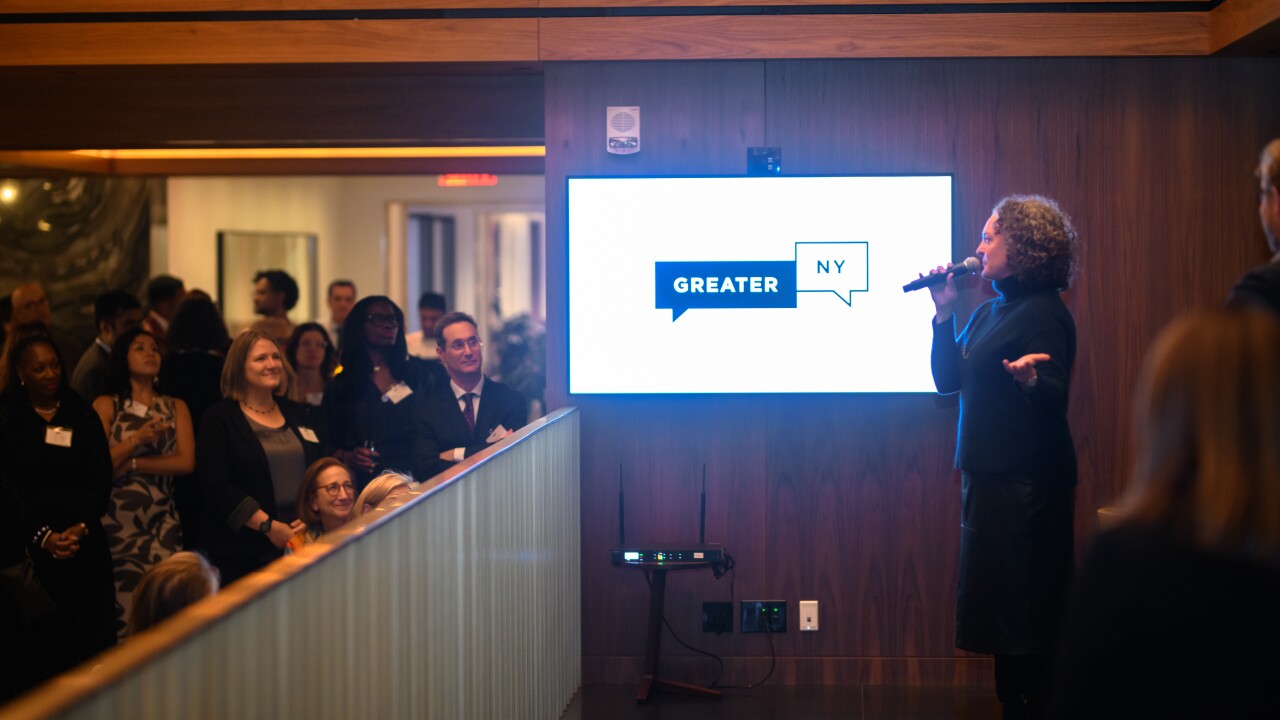-
A bump in overdrafts in the third quarter suggests that more Americans are struggling to make ends meet.
December 6 -
Consumers are overdrawing their checking accounts an average of seven times per year, down from a peak of nearly 10 overdrafts annually four years ago.
September 6 -
Credit unions have long charged their depositors lower overdraft fees than banks, but that gap is shrinking, according to new survey data.
July 8 -
Banks, thrifts and credit unions brought in $32 billion in overdraft revenue last year, a 1% increase from 2011, according a new study.
March 18
Suburbs and small cities are leading the way in terms of higher overdraft fees.
A study from Moebs Services, scheduled for release on Wednesday, found that from Jan. 2-10 median overdraft prices in suburban towns and small cities were surveyed at $30, compared to $29 in large cities and rural areas.
"Two or more years ago, large city markets were the first to reflect price changes," Moebs Chief Executive Michael Moebs said in the study. "Now, we find more suburban markets and small city markets increasing prices first. However, the rural markets are definitely still the last to change price."
Overall, overdraft prices at banks, thrifts and credit unions stabilized last year, the study found. The median price at banks and thrifts was $30. The median price at credit unions was $28.
For the second straight year, Kansas had the nation's lowest overdraft fees. The state's median overdraft price $25. Washington had the second-lowest rates, with a median of $28.
San Antonio and San Francisco were determined to be the cities with the lowest median overdraft price, at $25. The survey attributed San Antonio's overdraft price to growth from Texas' oil boom.
At $35, Delaware had highest median overdraft price, while Philadelphia was the most-expensive city, at $35.





